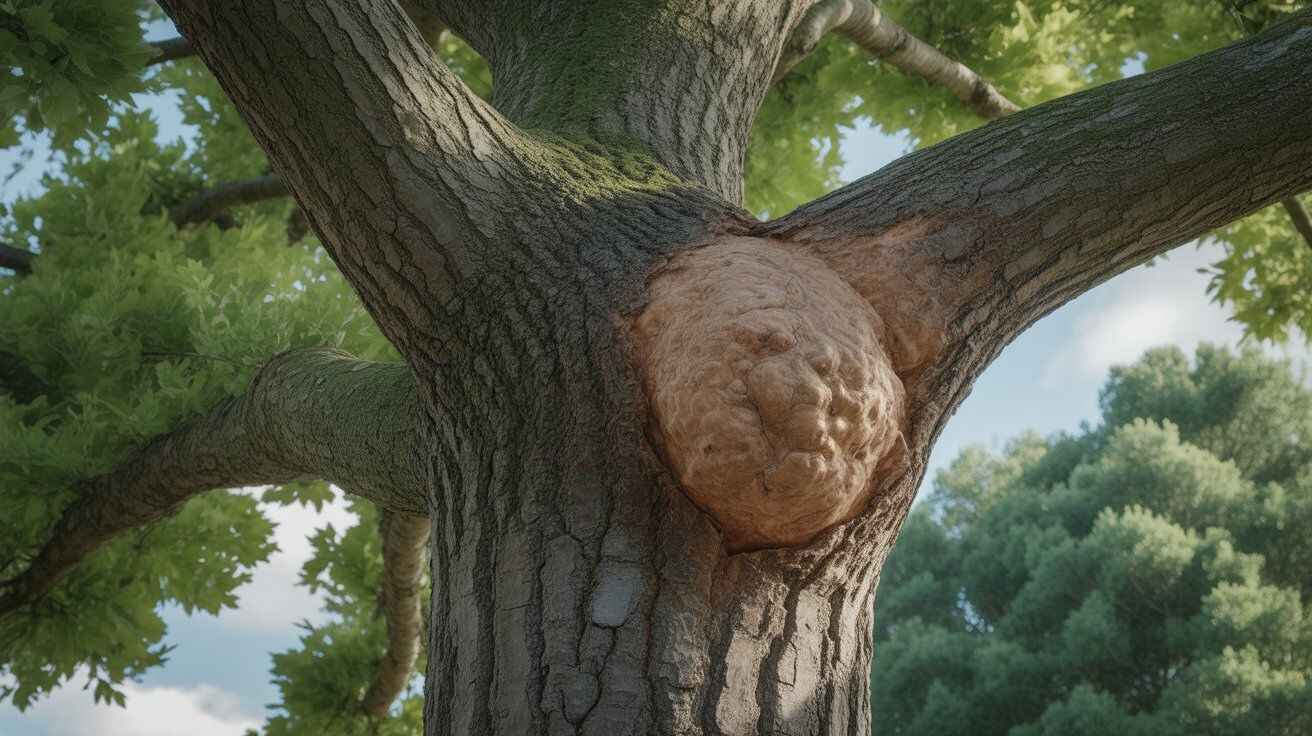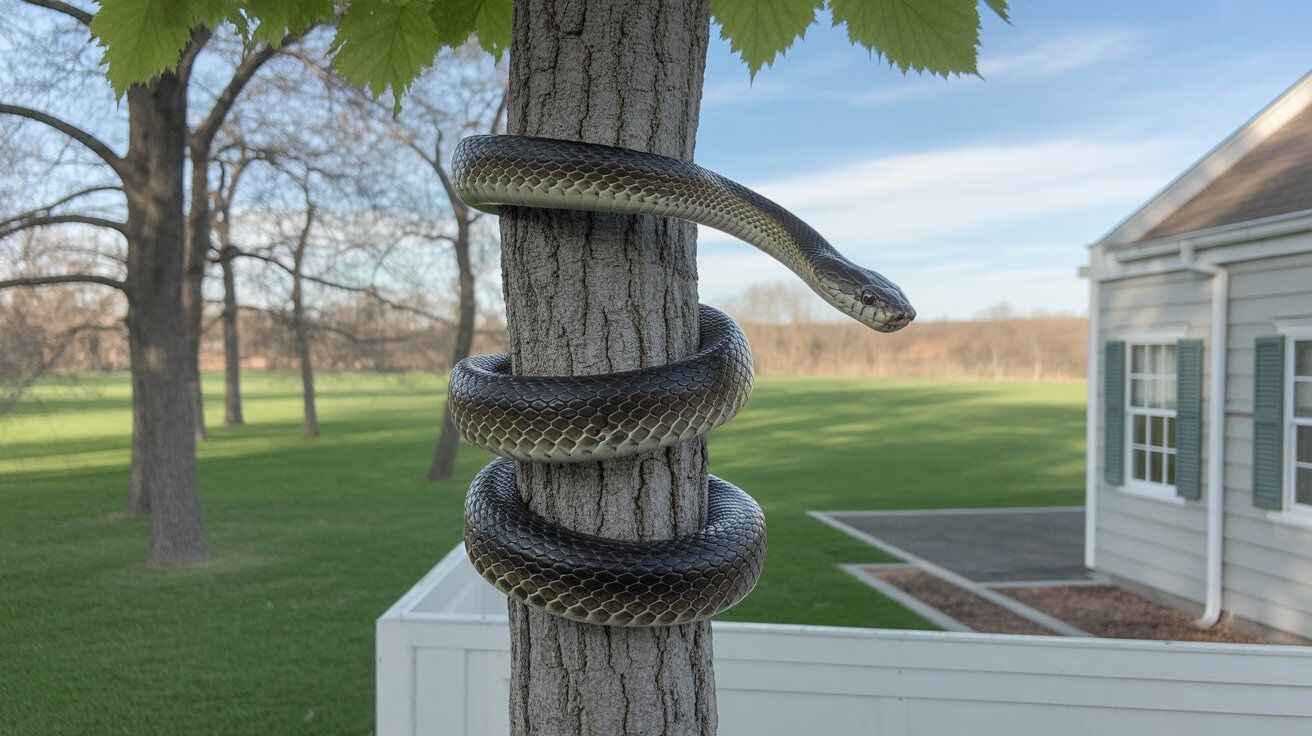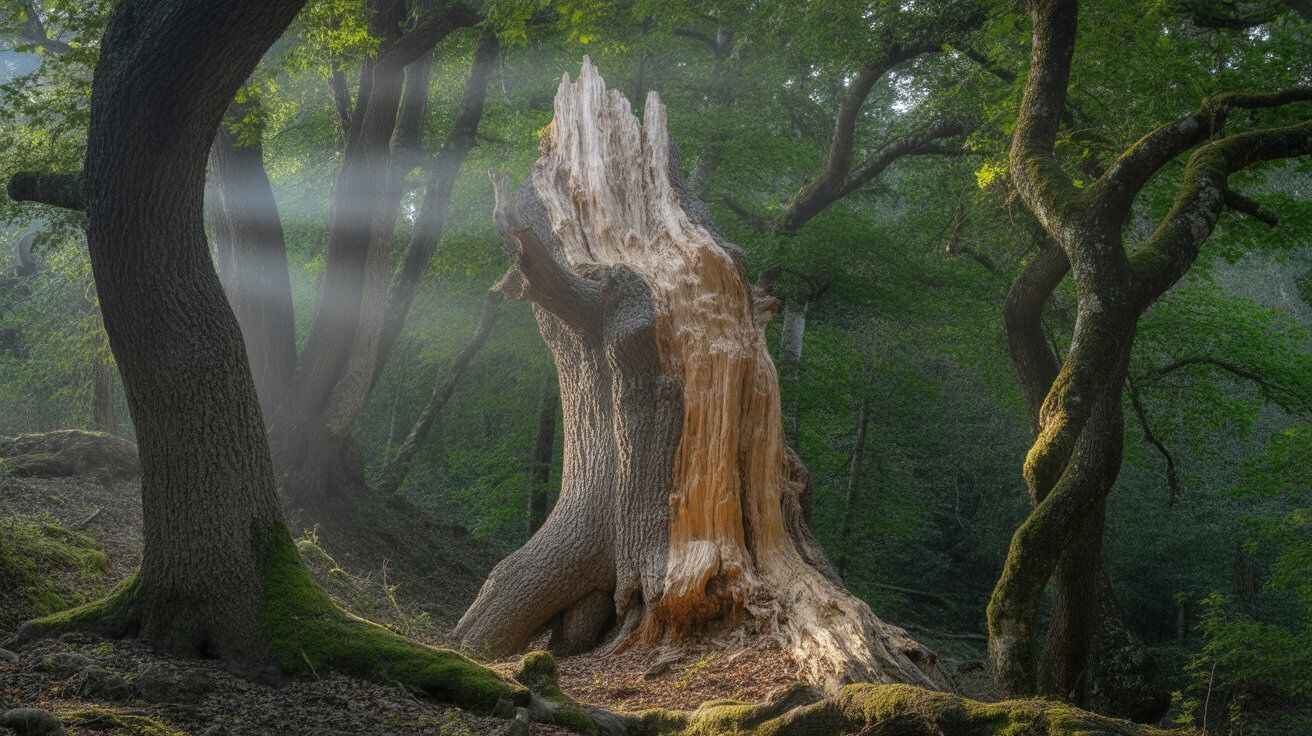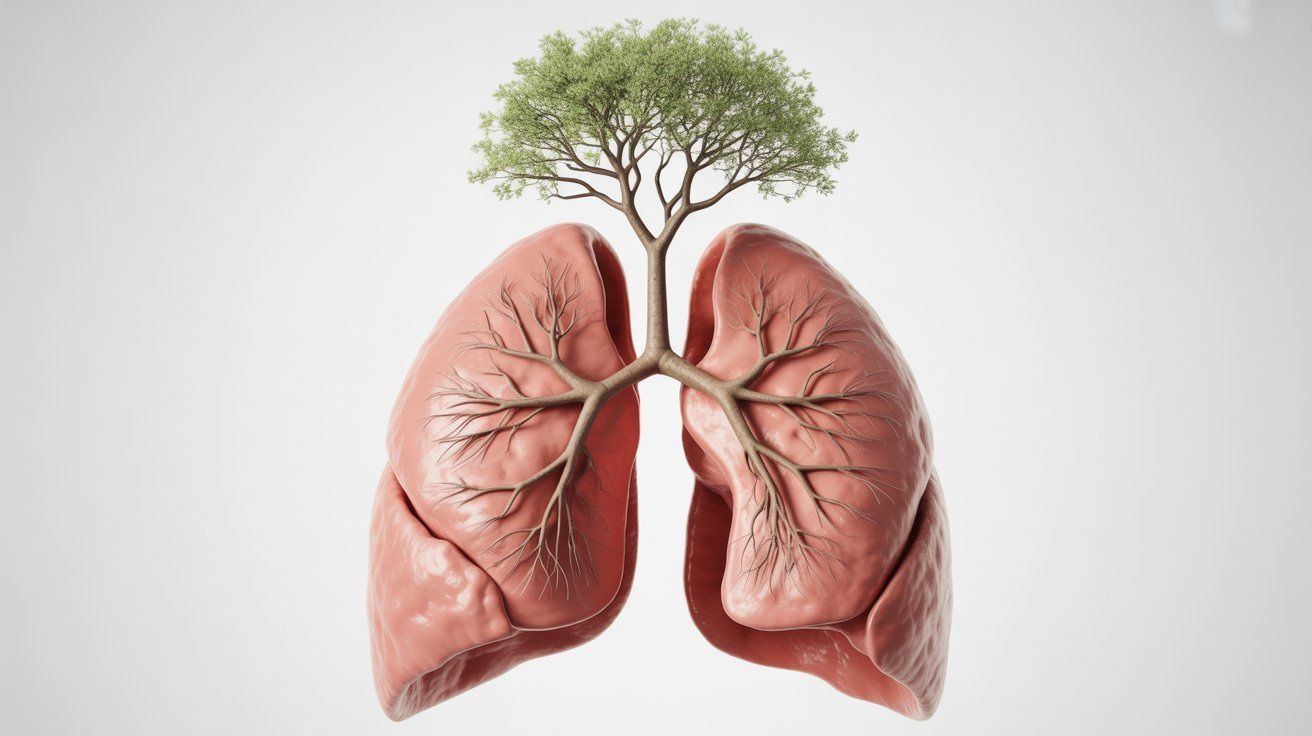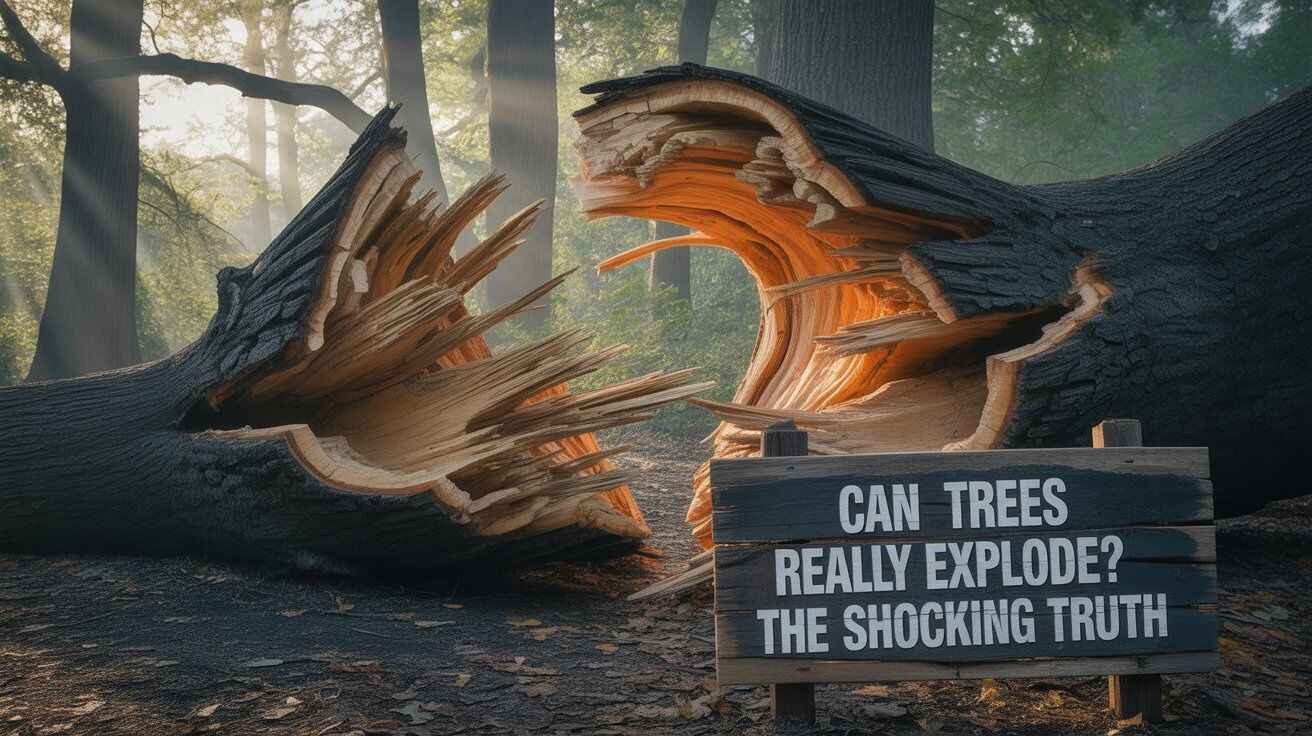Can a tree get cancer? Learn about tumors, galls, burls, and cankers, their causes, signs, and care tips to protect long-term tree health.
What Does “Cancer” in Trees Mean?
When we ask, can a tree get cancer, we’re usually referring to abnormal growths that form on trunks, branches, or roots.These include tumors, galls, burls, and sometimes cankers. Unlike in humans, tree “cancer” does not metastasize or spread throughout the organism.
Instead, the tree’s natural defense system walls off the affected area. While often harmless, these growths can weaken wood or create entry points for disease. Understanding this difference helps explain why tree cancer looks unusual but behaves uniquely.
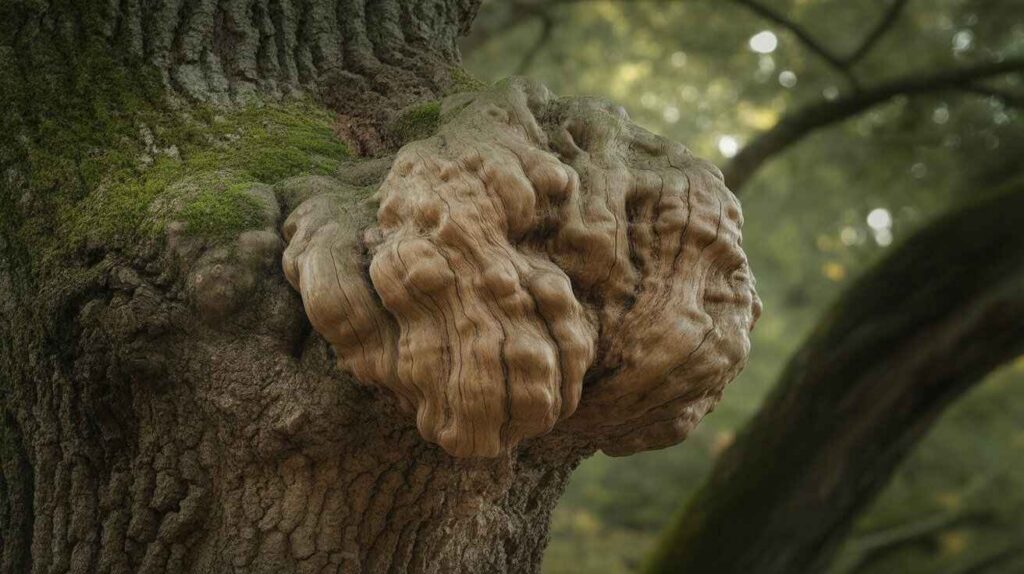
Common Causes of Tree Tumors and Galls
Yes, a tree can get cancer, but the triggers differ from humans. The most common cause is crown gall disease, a bacterial infection that alters normal cell growth. Fungal cankers can also damage bark and wood, leading to swelling or tissue death.
Insects may trigger galls as they feed or lay eggs, while injuries from pruning or storms can cause irregular growths. Each factor stresses the tree, reducing vigor and increasing its risk of decline if not managed properly.
Do Tree Tumors Kill Trees?
| Type of Growth / Issue | Description | Impact on Tree | Risk Level | Care Tip |
|---|---|---|---|---|
| Tumors / Galls | Abnormal swellings on trunk or branches | Usually cosmetic, weakens structure | 🌱 Low–Moderate | Monitor, prune if needed |
| Burls | Large rounded outgrowths, often on trunk | Rarely fatal, may deform wood | 🌳 Moderate | Leave intact unless causing stress |
| Cankers (Aggressive Infections) | Sunken, cracked, or dead bark patches | Can damage vital tissue, cause dieback | ⚠️ High | Remove infected parts, improve tree health |
| Secondary Issues | Fungi, pests entering through weak spots | Accelerates decline if untreated | 🚫 Severe | Treat pests, apply fungicides if advised |
| Overall Survival | Depends on type, location, and care | Tree may live long with management | 🌿 Variable | Regular care + arborist check-ups |
How to Identify Abnormal Growths on Trees
To answer “can a tree get cancer,” you must know what to look for. Signs include swelling on the trunk, unusual growths on bark, or hard lumps called burls. Galls often appear as round clusters on leaves or branches, while cankers show up as sunken, discolored patches.
These growths may look alarming but vary in severity. Careful observation helps distinguish harmless tree tumors from more serious infections that weaken wood, reduce vigor, and increase vulnerability to pests and decay.
Treatment and Management Options
While a tree can get cancer, there’s no cure like in human medicine. Management focuses on reducing stress and limiting spread. Removing small cankers by pruning, improving soil health, and watering properly all support recovery.
Biological controls may help against crown gall disease. In many cases, burls or galls don’t need removal unless they threaten structure. The goal is to strengthen the tree’s defenses so abnormal growths remain contained, allowing the tree to stay healthy and live normally.
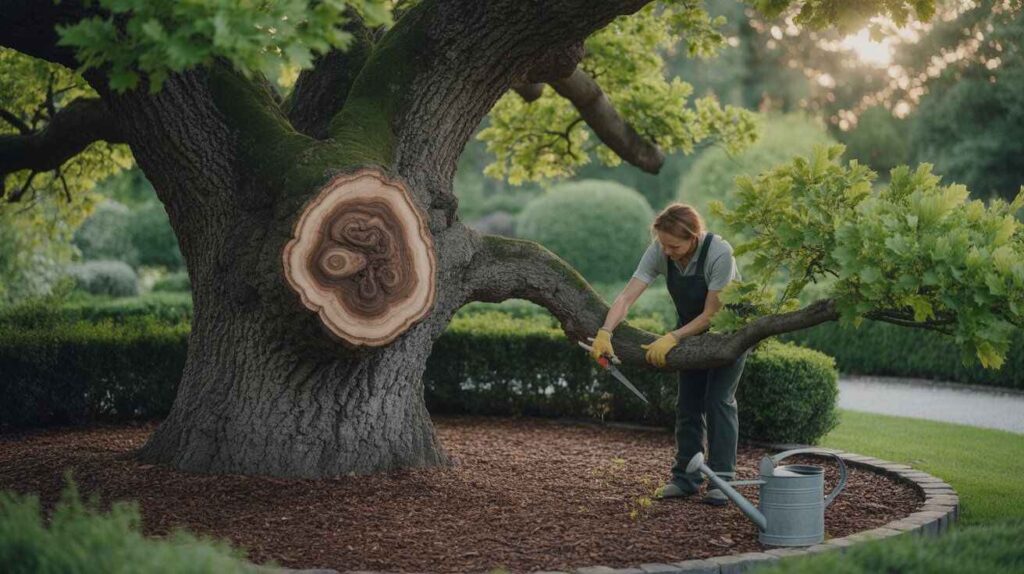
Preventing Tree Health Problems
Although a tree can get cancer, prevention reduces risks. Start by planting disease-resistant species suited to your region. Maintain proper watering, mulching, and pruning to avoid stress that makes trees vulnerable.
Protect trunks and roots from injuries caused by lawn equipment or storms, since wounds invite infections like cankers or crown gall. Keeping trees vigorous supports their natural defense system, allowing them to compartmentalize abnormal growths. Good care is the best protection against problems that mimic tree cancer symptoms.
Frequently Asked Questions
Q1: Can a tree get cancer like humans?
Yes, a tree can get cancer, but it doesn’t spread like human cancer.
Q2: Do burls harm trees?
Most burls are harmless, though they may weaken wood.
Q3: Can tree cancer spread?
The growth itself won’t spread, but diseases like crown gall can move to nearby trees.
Q4: How do you treat cankers?
Prune infected branches, reduce stress, and improve tree health to manage cankers effectively.
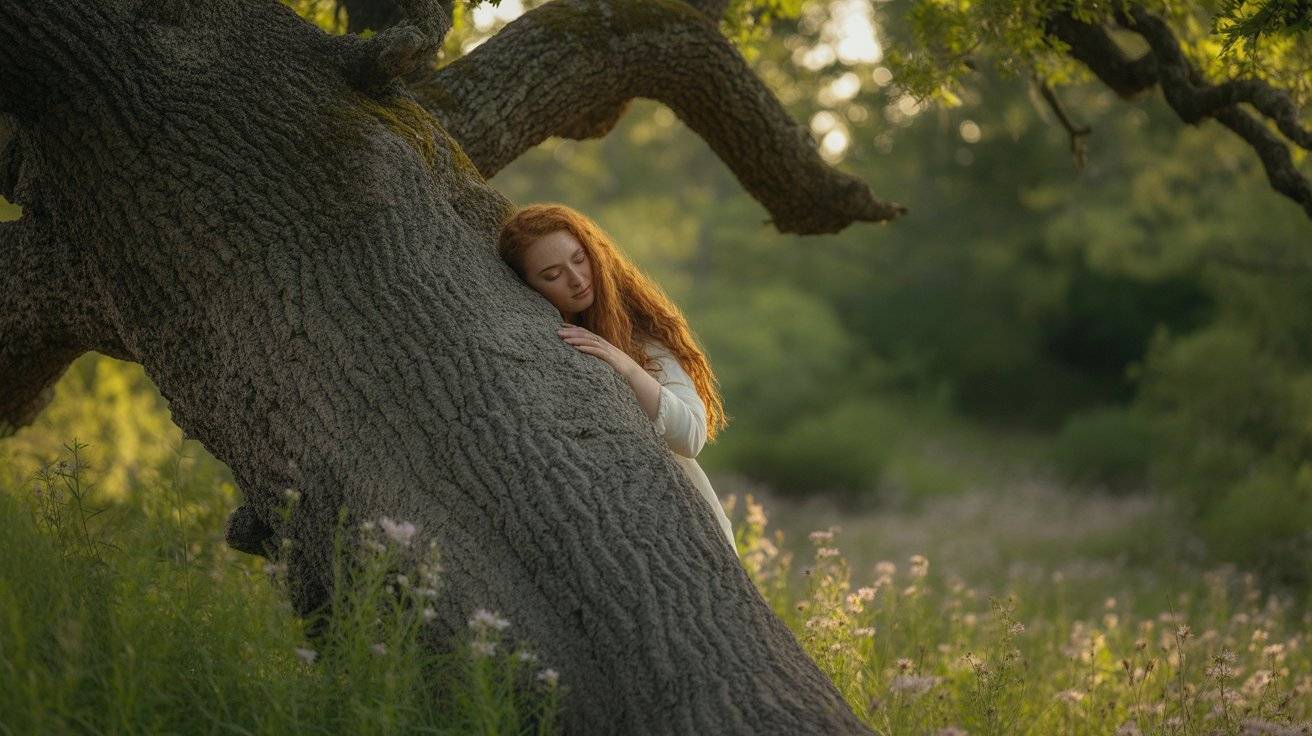
Jhanzaib Khan, with over 50 years of dedication to nature and tree conservation, is a leading authority in the world of trees and environmental care. From his early years exploring forests to guiding communities in sustainable tree planting, Jhanzaib has combined hands-on experience with a lifelong passion for the environment. He specializes in tree species identification, tree care, forest management, and environmental awareness. His insights have been featured in multiple nature blogs, workshops, and local conservation projects.

